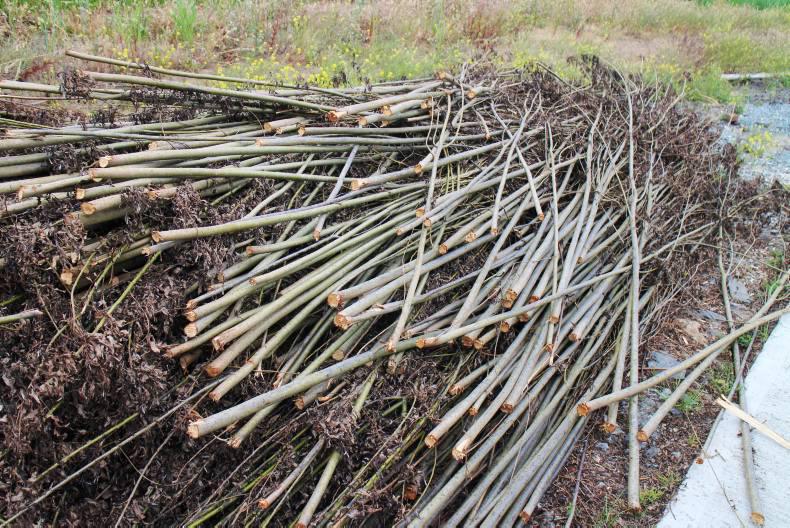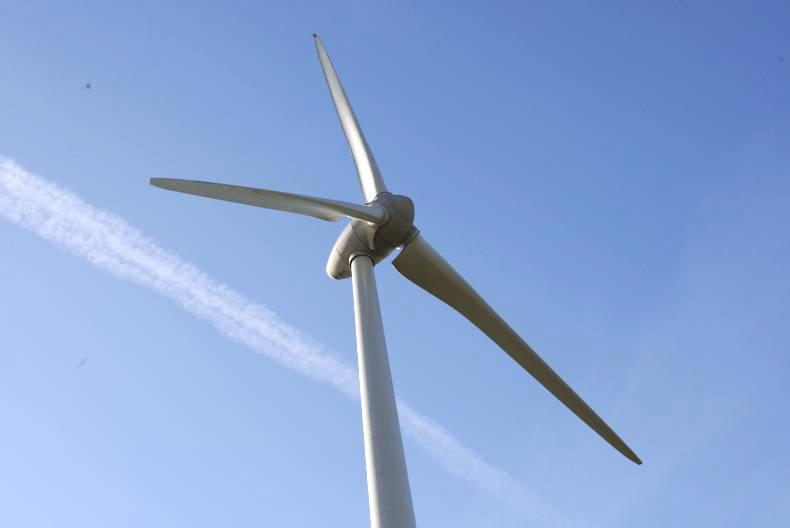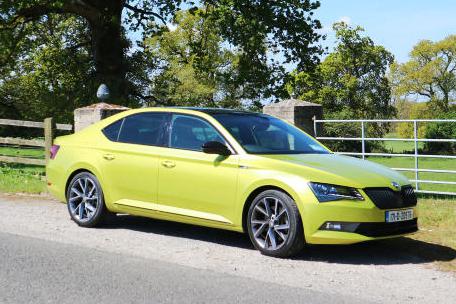The soon-to-be-published White Paper from the Department of Energy, Communications and Natural Resources will set out the plan for Ireland’s energy policy until 2050.
Minister for Energy, Communications and Natural Resources Alex White has confirmed the plan will look at a range of different technologies in order to help Ireland achieve its goal of transitioning to a low-carbon economy by this time.
Overall, Ireland must reduce its emissions by 20% between 2005 and 2020 under existing EU commitments.
As well as onshore wind energy, which the minister stresses is “not the whole story concerning renewables”, the plan will include solar energy, offshore wind energy and biomass - energy derived from organic material.
In response to a parliamentary question from Michael Moynihan TD, Fianna Fáil’s spokesperson for Energy and Communications, White said he envisages solar energy will be “an important element of our renewables portfolio in the future.” To this end he added that subsidies to support solar panels are being examined.
However, the minister did not reply directly to Deputy Moynihan’s question on whether he will look at converting Moneypoint, Ireland’s largest (coal-generated) electricity plant, located in Co Clare, to biomass.
Moynihan specifically asked the minister for his view on biomass and added that Ireland is “nearly at saturation point in terms of wind energy generation at the moment.”
The minister did not reply directly to these questions, saying only that some technologies are at "a higher level of development" than others. “But they will all feature,” he told Deputy Moynihan.
Co Laois part-time farmer Henry Fingleton is one of the leading voices in the country calling for the conversion of Moneypoint to biomass, saying it would be far more effective at reducing CO2 emissions than windfarms.
But a statement from the Sustainable Energy Authority of Ireland (SEAI) in 2014 said reports suggesting that the conversion of Moneypoint from coal to biomass would solve Ireland’s renewable energy issues "are misinformed and risk creating false hopes". One of its objections was that "Moneypoint would consume far more than Ireland’s entire biomass resource," an amount that would "require over 300,000 hectares of land."
The SEAI said: "Biomass is a big part of the solution, but not the whole solution."
Ireland’s richest biomass resource is wood, sourced from the cultivation of high-yielding trees like willow and poplar, or from the thinnings and residues of forestry land.
Fingleton, who is strongly opposed to windfarms, is also chairman of the Protect Rural Ireland group, and is currently organising a targeted nationwide campaign to unseat a number of politicians who support the construction of wind farms or pylons ahead of next year's general election.
Fingleton said the campaign involves door-to-door canvassing, flyers and social media and will "place the protection of Ireland’s landscape, environment and people centre stage, and in turn seek to protect Ireland’s tourism, agriculture and equine industries."
Read more: Prioritise community-owned renewable projects, says IFA









SHARING OPTIONS